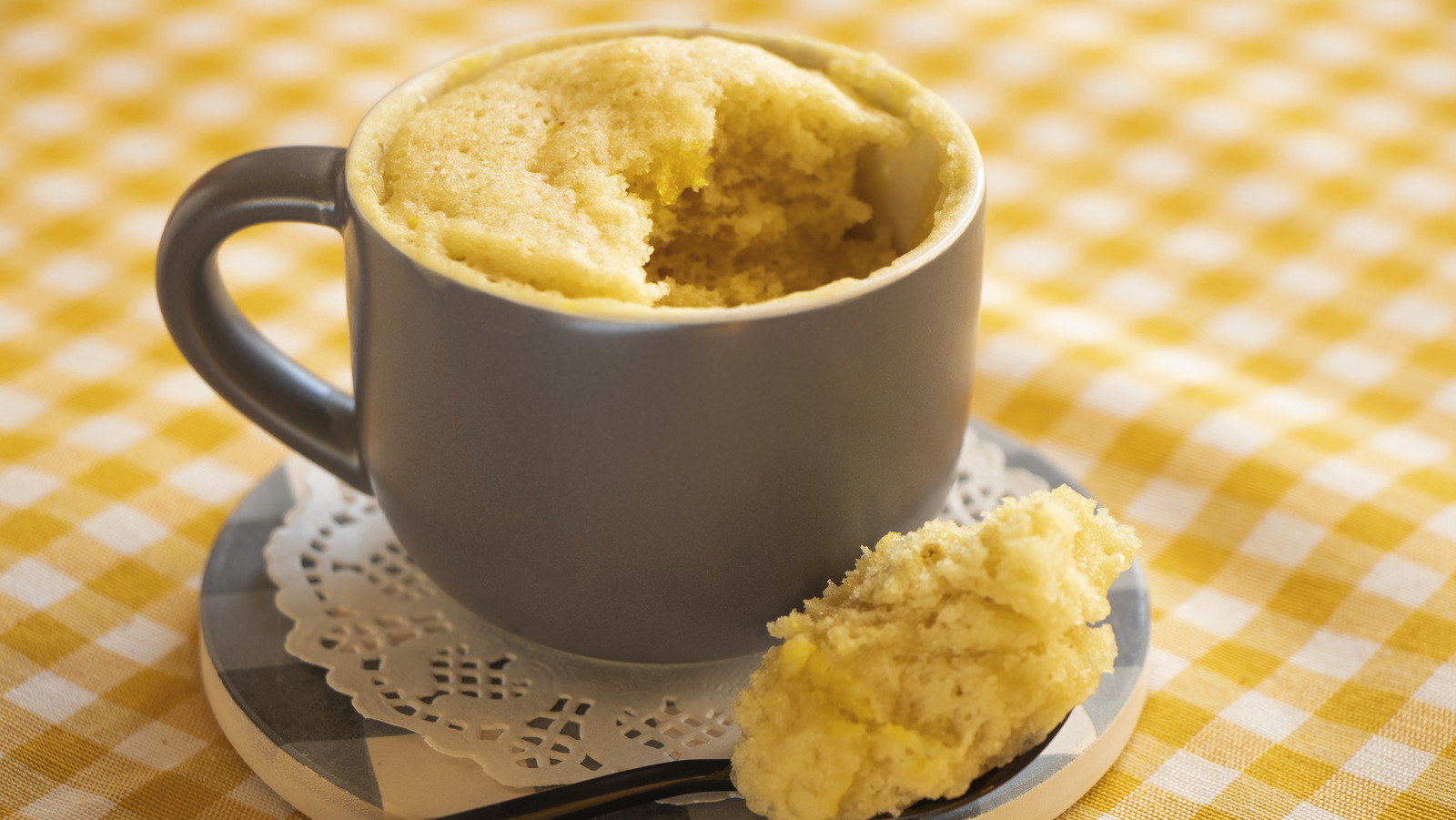
"That's both a sweet treat and a comfort food, especially when it's fresh out of the oven. The downside is that it takes time to make and bake, and then when it's done, you have a whole cake to deal with. The obvious answer, here, is to make a mug cake when you need "a little something" to help you cope. It's a single serving, it's warm and comforting, and it comes together just about as quickly as you can stir."
"I'm not a professional baker, as such (I trained as a chef), but I have baked commercially and acted as my own pastry chef when I had my restaurants. I've also been a prolific home baker since my teens, which is (cough, cough) years/decades, now. I've baked many kinds of cakes over the years, and a surprising number of them work well in a mug."
"So your better option, if you want to stretch your grocery budget (and who doesn't, these days), is using regular-sized box mixes to make mug cakes. There's a lot of upside here: It's cheaper, you don't need separate regular and mug-sized versions of your favorite cake, and unlike scratch-made cakes, you'll never need to worry about getting halfway through your recipe and discovering that you're out of a key ingredient."
Mug cakes provide fast, single-serving desserts that satisfy immediate comfort-food cravings. Regular boxed cake mixes can be adapted to make economical mug cakes, avoiding the need for specially portioned mixes. Mug cakes reduce waste compared with baking an entire cake and eliminate the frustration of missing ingredients mid-recipe. Many traditional cake types convert well to mug-sized microwave bakes, delivering warm, comforting results in minutes. Practical adjustments and simple pro tips can help achieve good texture and flavor when converting full-size or scratch recipes into single-serving mug versions.
Read at Tasting Table
Unable to calculate read time
Collection
[
|
...
]